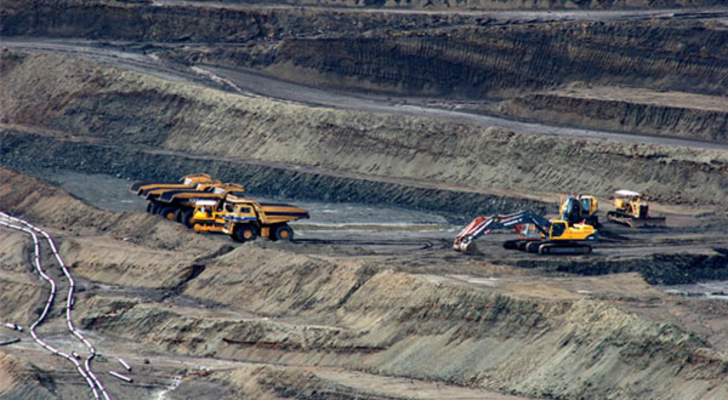Electricity demand and local lignite-fired power production fell for a fourth consecutive month, latest market data provided by IPTO, the power grid operator, has shown.
Total electricity demand during the month of April fell by 3.4 percent compared to the equivalent month a year earlier, according to the IPTO data.
Main power utility PPC’s lignite-fired electricity production fell by 30.7 percent in April, bringing down lignite’s contribution to the country’s energy mix to 28 percent, from 43 percent in January, and over 50 percent in years preceding 2015.
Total electricity demand for the four-month period covering January to April reached 16,440 GWh, down from 17,428 GWh, a 5.7 percent fall, in the equivanent period a year earlier.
The fall in total electricity demand would have been steeper had it not been for some resistance provided by Greece’s heavy industry, such as the steel and metal industries, which maintained and, in some cases, increased their power demand levels throughout 2016.
High voltage electricity demand increased by 4.3 percent in April and 3.3 percent during the four-month period covering January to April. In the low and medium-voltage categories, or households and businesses, electricity demand fell by 4.6 percent in April amd 7.1 percent from January to April.
During the four-month period, overall lignite-fired production fell by 20 percent, natural gas-fueled electricity production increased by 79 percent, and hydrower output fell by 33 percent, the IPTO data showed.
Hydropower output was affected by reduced rainfall and snowfall last winter. The high level of natural gas-fueled electricity production was encouraged by lower natural gas prices from the second half last year and onwards. This has permitted independent producers to directly compete against lignite-fired output in the daily electricity market. PPC has insisted on presenting high prices to protect various interests of its own. The trend for reduced lignite-fired electricity indicates that lignite units will run into trouble if industrial consumers do not continue to absorb large electricity amounts, especially at night and during national holidays.
PPC’s overall contribution to local electricity production has fallen to 52.7 percent, the data for April showed. The Mytilineos group ranked second with its electricity production representing 9.36 percent. Elpedison followed in third place with 5.63 percent and Heron was ranked fourth with 4.1 percent.
Renewable energy source (RES) production represented 28.1 percent of the country’s electricity production in April, the IPTO data showed.





